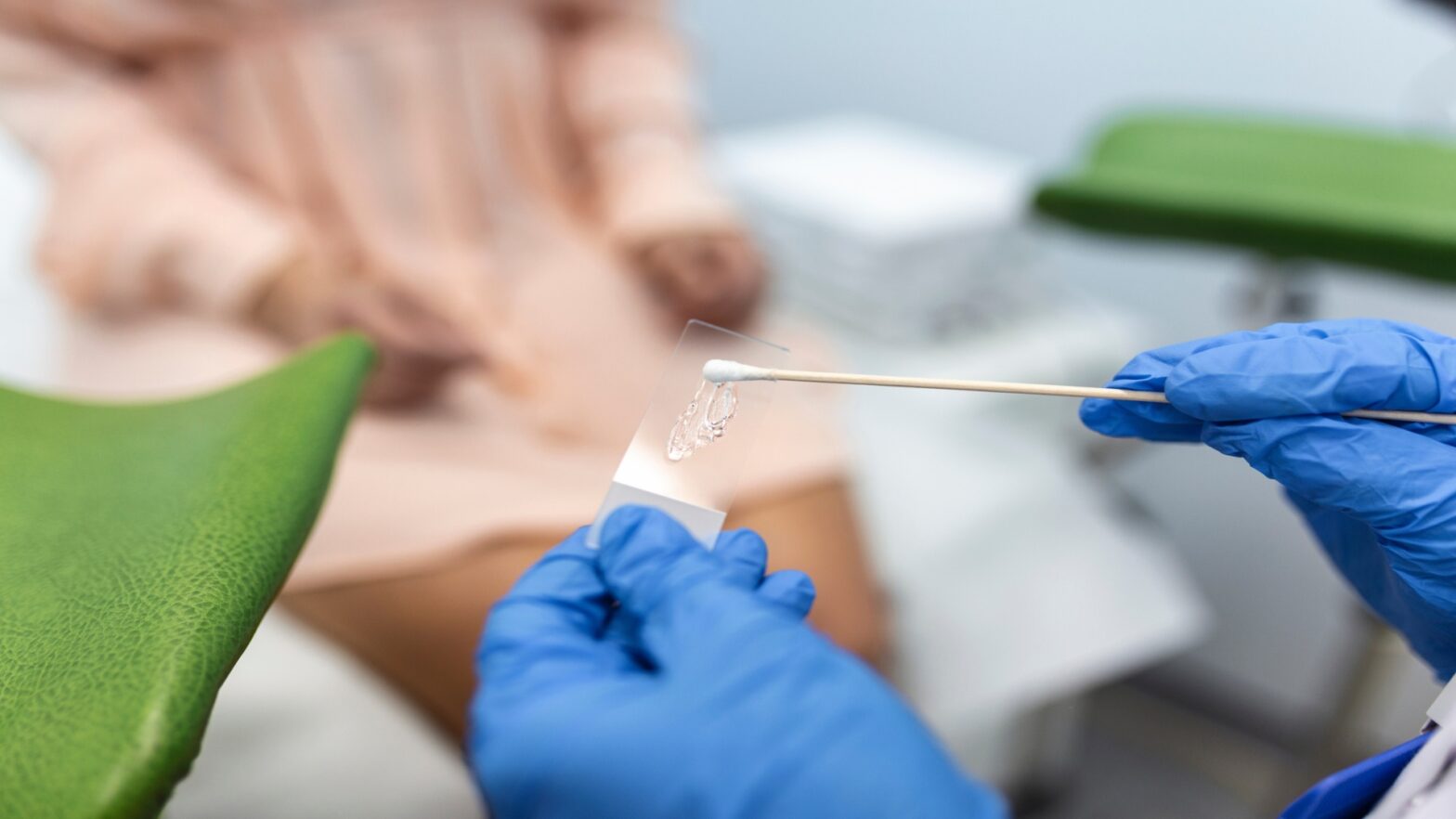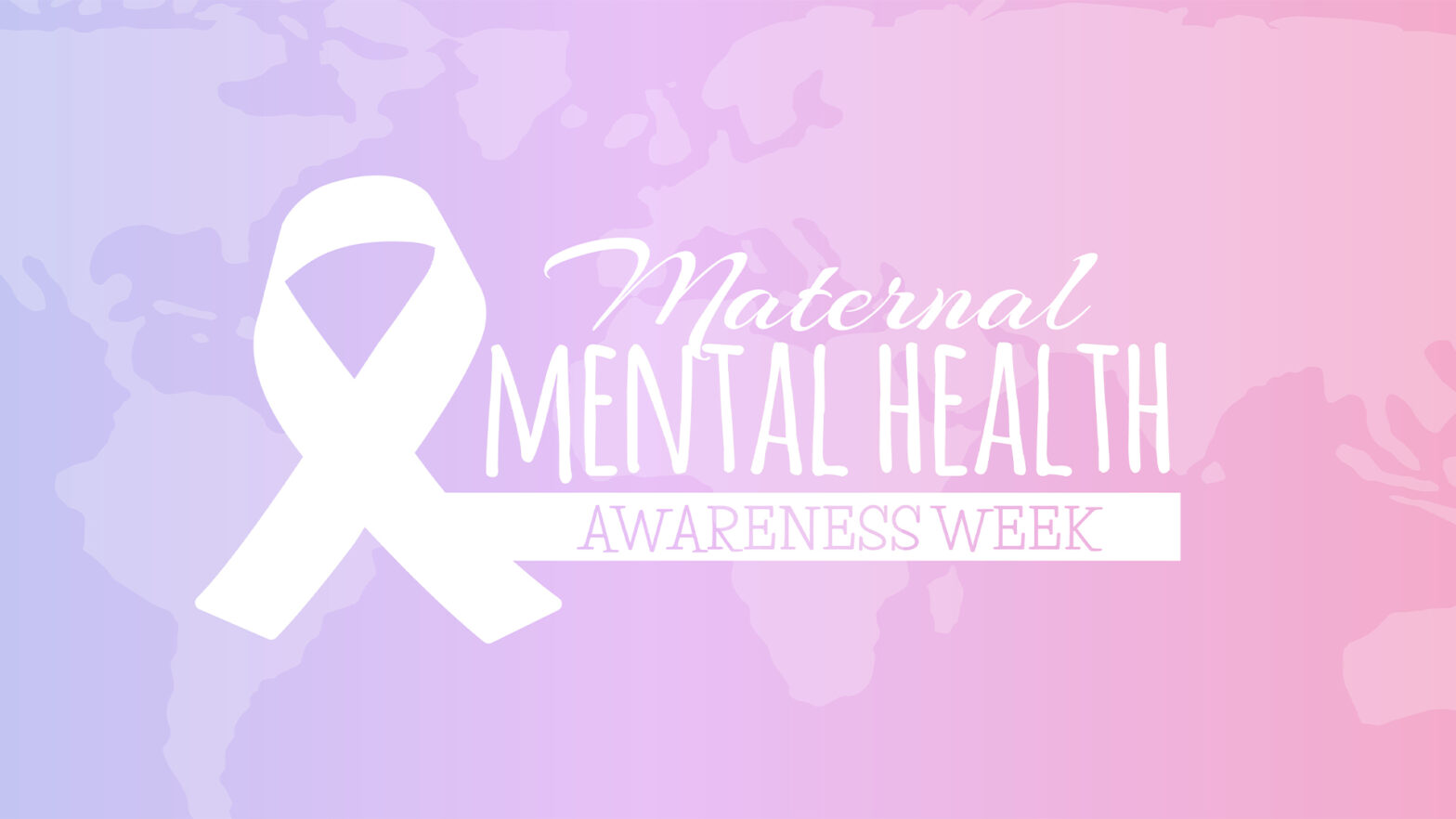
Chronic venous insufficiency happens when the valves in your leg veins are not working well. This means that your blood is having a hard time returning to your heart from your legs. Because of this, blood can pool in your legs which can result in varicose veins, pain, swelling, and even leg discoloration.
So to prevent these from happening, we discussed some of the things you should know about chronic venous insufficiency as well as the symptoms and treatments that you opt for should you experience it yourself.
Causes of Chronic Venous Insufficiency
For a treatment to be effective, it is crucial to get to the bottom of why you have chronic venous insufficiency complications in the first place.
That said, you are more prone to CVI if you have any of the conditions below.
Overweight
It is no secret that leg problems such as CVI are one of the most common problems of obese patients. In fact, a study shows that elderly overweight men are at a higher risk of advanced clinical grades of CVI. Though not conclusive, diabetes and hypertension among these men can be comorbid as well.
Pregnancy
In the third semester, pregnant women who have CVI show side effects such as night cramps, itching, edema, varicose veins, pain, skin discoloration, and heaviness. The Society for Vascular Surgery also stated that CVI can occur in up to 80% of women.
Family History
One of the easiest ways to tell if you are prone to CVI is to simply ask your family or relatives if they have it. Several studies have concluded that CVI can be a part of a genetic syndrome. So if your mom or dad has it, then there is a possibility that they might have passed it on to you as well.
Other Vein Conditions
A vein condition called phlebitis and deep vein thrombosis can lead to CVI. Phlebitis is when the veins close to your skin start to swell and become inflamed; while deep vein thrombosis is when a blood clot forms in the deep veins of your legs.
Lifestyle Choice
Though this is not a definitive cause of CVI, your lifestyle choice of not exercising and being inactive for too long increases your risk factor. So even though you do not tick any of the causes mentioned before, you can still have CVI in your legs.
Signs and Symptoms
While it is true that chronic venous insufficiency is often accompanied by varicose veins, this might not always ring true and applicable to everyone. There have been some cases wherein varicose veins are simply as is and did not lead to CVI.
Remember that symptoms can range from flakiness to a burning sensation on your legs, depending on the severity of your condition. Some CVI, when left untreated, can also lead to skin discoloration and even ulcers.
With that, it is important to spot CVI early and have them treated immediately before it gets worse. Symptoms of CVI can include:
Varicose veins
Leg swelling
Leg pain
Heaviness
Fatigue
Restless Legs
Flakiness or skin itching
Ulcer
Treatment
With early prevention, you can treat chronic venous insufficiency with these basic remedies and strategies
Elevate your legs as much as you can every time you are sitting or resting
Wear compression stockings
Stay active and avoid inactiveness for too long
Practice portion control and avoid sudden weight gain
Maintain a healthy weight
Drink vitamins to keep your overall body healthy
As for those who already suffer the symptoms of CVI, there are several treatments that you can opt for to minimize or even permanently remove them.
For example, one of the most common symptoms of CVI is spider veins and varicose veins. To eliminate these symptoms, you can visit any vein clinic near you and have them treated with any minimally invasive procedures like sclerotherapy and ablation. Most of these treatments takes less than an hour or so to complete. So you can conveniently book an appointment with any vein clinic to have them removed anytime.
Other than varicose veins, other symptoms of CVI can be easily treated as well since there are now tons of vein doctors and vascular surgeons across the states.
All in all, since CVI is very common among adults, finding a vein doctor who can help you treat them is now convenient and easy today.
















